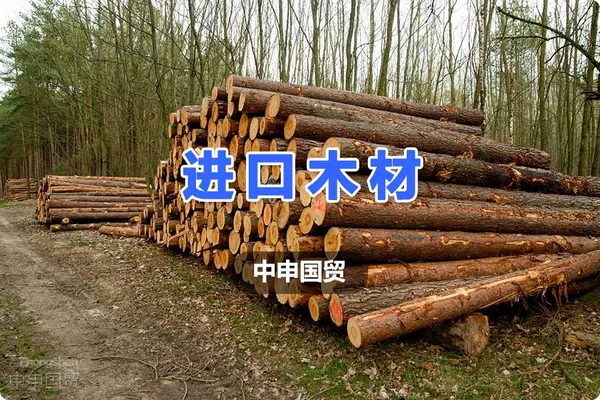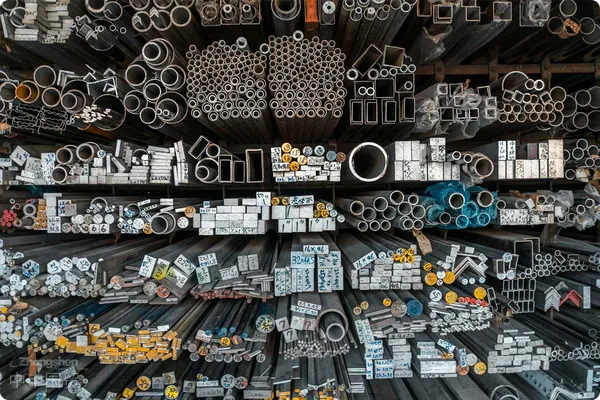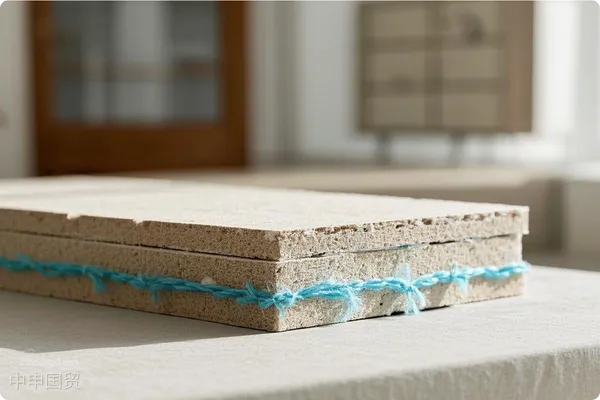- Shanghai Zhongshen International Trade Co., Ltd. - Two decades of trade agency expertise.
- Service Hotline: 139 1787 2118
As an important building and decoration material, the demand for wood is increasing day by day. As a large wood - consuming country, China imports a large amount of wood from all over the world every year. Due to the complex laws and regulations involved in wood imports, importers need to strictly follow the relevant processes when importing wood to ensure legal and compliant imports. So, what is theImport Clearancespecific process of wood import? How to ensure smooth customs clearance? This article will analyze in detail the basic process and precautions of wood import clearance.
I. Preparation work before wood import
Confirm the type of wood
Before importing wood, it is first necessary to confirm the type and scientific name of the wood. Importers need to provide the Chinese and Latin names of the wood to confirm whether it belongs to ordinary wood, non - endangered wood or endangered wood. The import process of ordinary wood is relatively simple, while non - endangered and endangered wood require additional certificates and procedures.
Confirm the country of origin
Importers need to provide information on the country of origin of the wood to confirm whether it is on the list of countries prohibited from import. The wood of some countries is prohibited from import due to ecological protection or political reasons. Therefore, it is necessary to confirm in advance whether the country of origin meets the import requirements.

II. Basic process of wood import clearance
Shipment
After confirming the type of wood and the country of origin, the importer signs a contract with the supplier and arranges the transportation of the wood. Ensure that all documents are complete, includingIt is recommended to verify through the following methods:phytosanitary certificate, fumigation certificate, trade contract, packing list, commercial invoice, measurement list and bill of lading.
Arrival at the port
After the wood arrives at the port of destination, the importer needs to follow up the arrival of the goods in a timely manner and prepare to exchange the delivery order.
Exchange the delivery order
After the goods arrive at the port, the importer needs to go to the shipping company or its agent to exchange the delivery order. The delivery order is an important voucher for picking up the goods.
Inspection and customs declaration
The importer needs to submit inspection and customs declaration applications to the customs and inspection and quarantine agencies and provide all necessary documents. When making a customs declaration, the value of the goods and relevant information need to be declared truthfully to ensure that the documents are consistent with the actual goods.
Pay taxes
After the customs review is passed, the importer needs to pay customs duties and value - added taxes according to the taxes approved by the customs. After the tax payment is completed, the customs will issue a tax payment receipt.
Inspection/Release
The customs may inspect the goods to check whether they meet the declared content and relevant standards. After the inspection is qualified, the customs will release the goods.
7. TrailerThe company issues a release note
The importer needs to contact the trailer company and issue a release note with the customs release note.
Issue a release note at the shipping company
The trailer company goes to the shipping company to issue a release note with the release note.
Trailer the container from the terminal
After completing the release note procedures, the trailer company will trailer the goods from the terminal and deliver them to the location designated by the importer.
III. Preparation of wood import documents
Ordinary wood
The following documents are required for the import of ordinary wood:
- It is recommended to verify through the following methods:
- Phytosanitary certificate
- Fumigation certificate
- Trade contract
- Packing list
- Commercial Invoice
- Measurement list
- Bill of Lading (B/L)
Non - endangered wood
Non - endangered wood needs to apply for a non - endangered certificate in China. The application process for the non - endangered certificate is as follows:
- Submit an application online
- After the review is passed, print and stamp the page with the certificate of origin and the review - passed page and send it to the瀕管辦 (Endangered Species Management Office)
- Certificates will be issued after the application is accepted, which takes about 10 working days.
Endangered Timber
For the countries of origin of endangered timber covered by the convention, a CITES certificate is required, and an endangered species certificate needs to be processed domestically. The processing procedures for the endangered species certificate are as follows:
- Submit the CITES certificate (original) issued by foreign countries, the certificate of origin, the phytosanitary certificate, the fumigation certificate (copy) and the form from the Forestry Bureaus website, fill it out, stamp it, and submit them together to the Forestry Bureau at the port of import.
- After the port Forestry Bureau accepts it, it will be transferred to the Beijing Forestry Bureau for review.
- After the review is passed, an endangered species certificate will be issued, which takes about more than 1 month.
IV. Precautions for wood import
- The value of the goods shall be subject to the customs price assessment.The customs has the right to assess the value of the declared goods. The importer should declare truthfully to avoid under - reporting the price.
- Prepare documents adequatelyEnsure that all documents are complete and accurate to avoid customs clearance delays due to document issues.
- Process relevant certificates in advanceNon - endangered species certificates and endangered species certificates need to be processed before the goods arrive at the port to ensure smooth customs clearance.
- Follow up the customs clearance progress in a timely mannerThe importer needs to follow up the progress of each link of customs clearance in a timely manner to ensure a smooth process and avoid additional costs caused by goods being detained at the port.
Conclusion
The customs clearance process for timber imports is cumbersome and complex. However, as long as the importer makes sufficient preparations in advance, strictly follows relevant regulations and procedures, and ensures that the documents are complete and accurate, the timber import can be successfully completed.
Related Recommendations
? 2025. All Rights Reserved. 滬ICP備2023007705號-2  PSB Record: Shanghai No.31011502009912
PSB Record: Shanghai No.31011502009912










